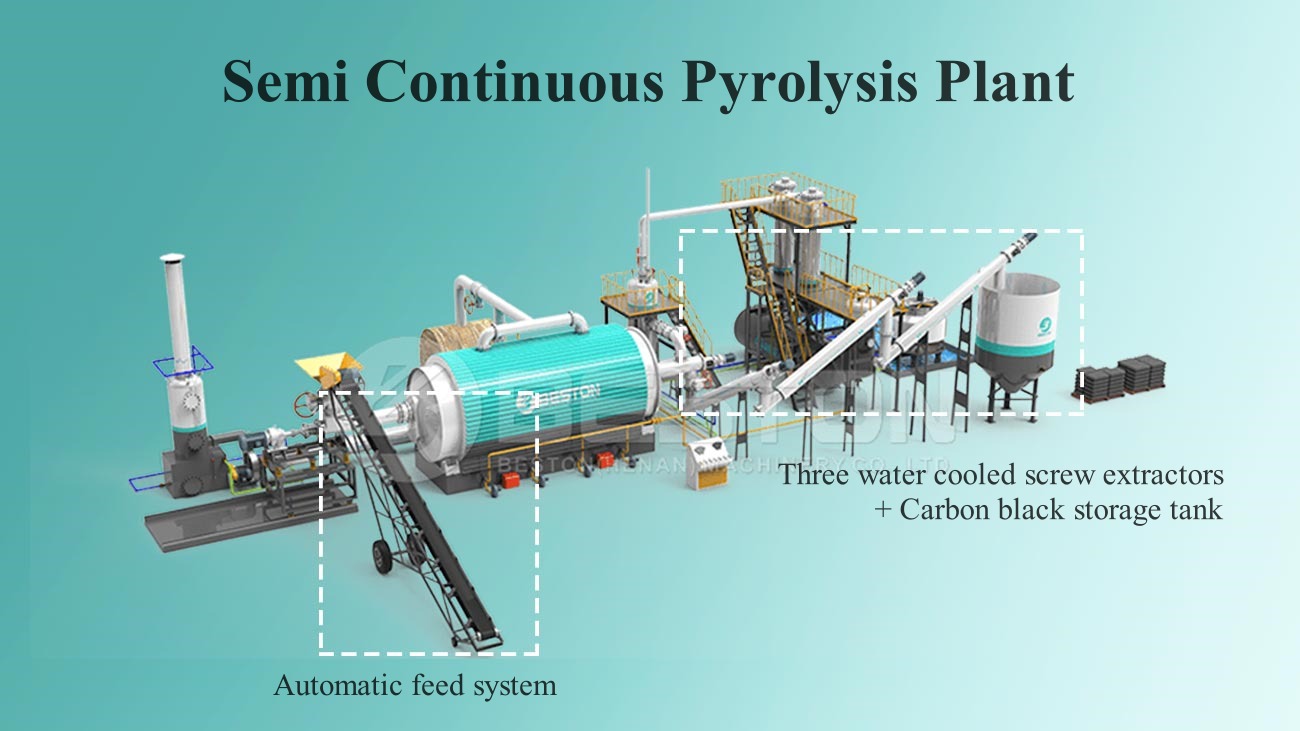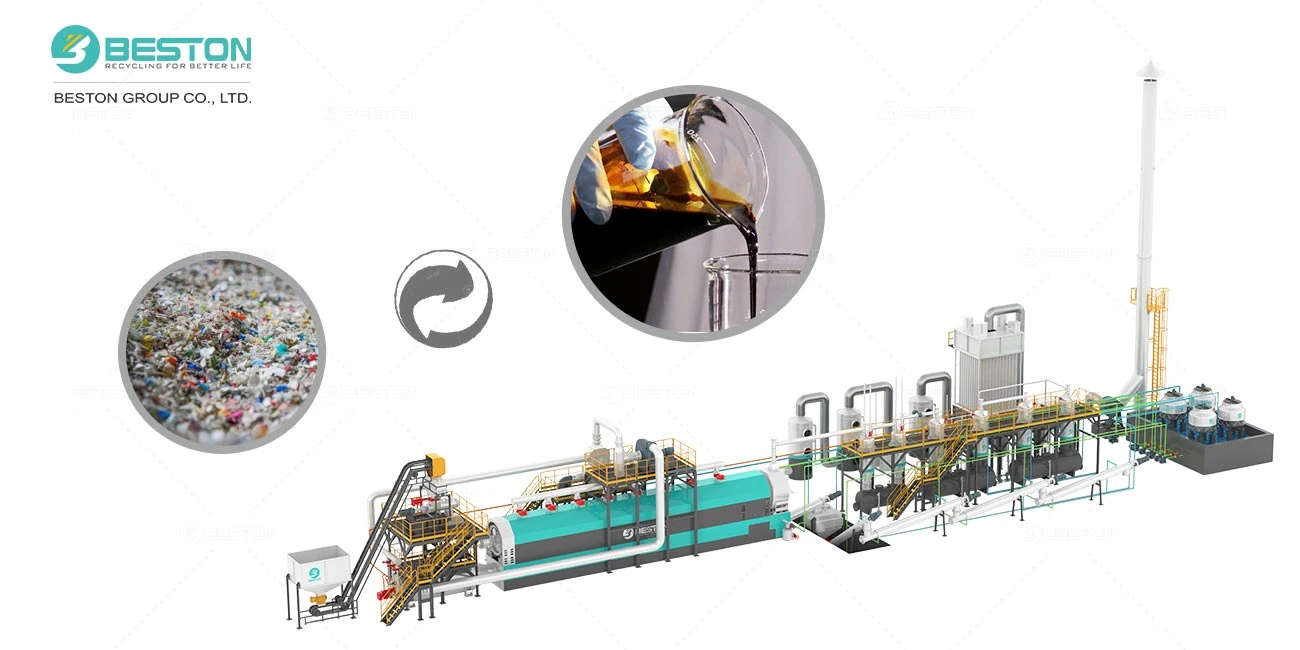Pyrolysis Plants: A Comparative Analysis of Batch, Semi-Continuous, and Continuous Systems
Pyrolysis, a thermal decomposition process that occurs in the absence of oxygen, has emerged as a promising solution for the management of waste plastics. By converting waste plastics into valuable products such as fuels, oils, and carbon black, pyrolysis plants offer a sustainable and environmentally friendly alternative to landfill disposal or incineration. This article provides a detailed overview of pyrolysis plants, focusing on the key types—semi-continuous, batch, and continuous—and the factors influencing their cost.
Semi-Continuous Pyrolysis Plant
Semi-continuous pyrolysis plants represent a middle ground between batch and continuous plants. They operate in cycles, with a series of steps involved in the pyrolysis process: loading, heating, reaction, cooling, and unloading. The feedstock is loaded into a reactor, heated to a high temperature, and allowed to decompose. The resulting products are then collected and cooled before the reactor is unloaded and reloaded. This cyclical nature allows for more flexibility in handling different types of waste plastics compared to fully continuous plants.
Batch Pyrolysis Plant
Batch pyrolysis plants are characterized by their intermittent operation. The feedstock is loaded into a reactor, heated to a specific temperature, and allowed to decompose for a predetermined period. Once the reaction is complete, the products are collected and the reactor is emptied. This process is then repeated for the next batch. Batch pyrolysis plants are often smaller in scale and more suitable for processing smaller quantities of waste plastics.
Continuous Waste Plastic Pyrolysis Plant
Continuous plastic pyrolysis plants offer a high throughput capacity and continuous operation. The feedstock is continuously fed into the reactor, where it is heated and pyrolyzed. The products are continuously removed from the reactor and processed further. This type of plant is well-suited for large-scale waste plastic management operations.

Factors Influencing Pyrolysis Plant Cost
The pyrolysis plant cost is influenced by several factors, including:
- Plant Capacity: The size and throughput capacity of the plant directly affect the initial investment. Larger plants tend to have higher upfront costs but may offer economies of scale in terms of operating expenses.
- Type of Plant: The choice between semi-continuous, batch, or continuous operation will impact the cost. Continuous plants generally have higher upfront costs but may offer lower operating costs due to their higher efficiency.
- Technology: The specific pyrolysis technology used can vary in terms of complexity and cost. Some technologies may require more advanced equipment or specialized expertise, leading to higher costs.
- Feedstock Composition: The type and composition of the waste plastics being processed can influence the design and cost of the plant. For example, plastics with high levels of contaminants or impurities may require additional processing steps, increasing costs.
- Product Value: The value of the products generated by the pyrolysis plant can affect its profitability and, consequently, its cost. Higher-value products can offset some of the initial investment costs.
- Location: The location of the pyrolysis plant can impact costs due to factors such as land prices, infrastructure, and labor costs.
Conclusion
Pyrolysis plants offer a promising solution for the management of waste plastics. By converting waste plastics into valuable products, these plants contribute to a more sustainable and circular economy. The choice between semi-continuous, batch, or continuous operation depends on various factors, including plant capacity, feedstock composition, and desired product output. Understanding the factors influencing pyrolysis plant cost is essential for making informed decisions regarding the implementation of this technology.
